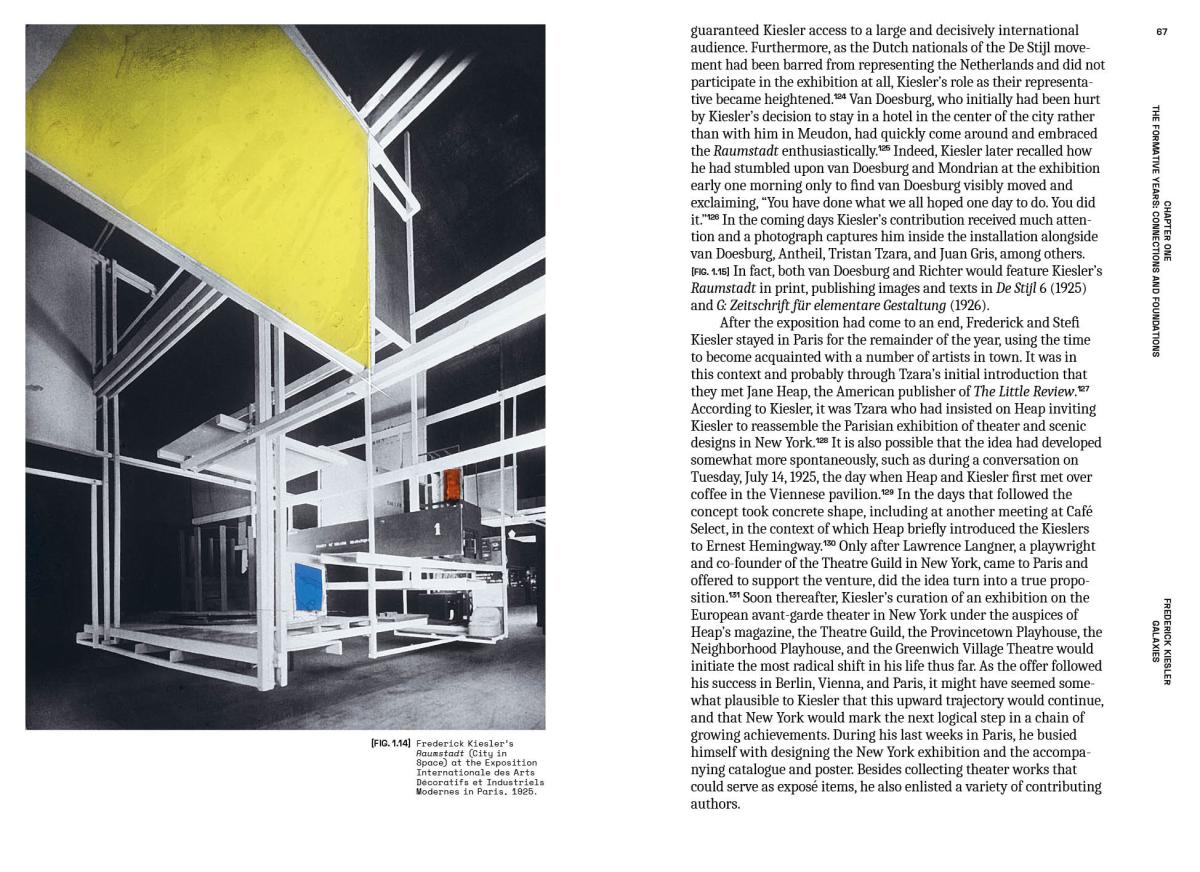Frederick Kiesler: Galaxies
Recognized as one of the important avant-garde artists of the 20th Century with roots in Europe and the United States of America, Frederick Kiesler (1890 – 1965, born in Austria-Hungary as Friedrich Kiesler) closely associated with key members of De Stijl, Dada, Surrealism, Abstract Expressionism and Pop-Art. He exhibited in the Museum of Modern Art, New York and The Solomon R. Guggenheim Museum; was represented by two of the most powerful American art dealers of the postwar era, Sidney Janis and Leo Castelli, and was subject of countless magazine and newspaper articles. As a pioneering multi-disciplinary artist, he never belonged to one movement and explored various artforms simultaneously. Besides his well-known endeavors in the fields of architecture, theater and furniture design, he also worked extensively in sculpture, painting, and installation. Among these disciplines, all of which fueled each other, Kiesler’s painted compositions of the 1940s, 1950s, and 1960s, which he had coined Galaxies early on, have long remained the least studied. This publication provides the first in-depth analysis of this extensive body of work, which comprises both single unit compositions and multi-paneled constellations that blur the line between painting, sculpture, and installation when spanning walls, floor and ceiling. By discussing their historic, intellectual, and visual context, Stephanie Buhmann’s well-illustrated text reveals that Kiesler’s Galaxies marked a crucial aspect of his lifelong exploration of space and form and therefore must be understood as one of his most significant achievements. Furthermore, they reflect an artistic vision whose underlying ambition could not be more current. Having witnessed two world wars, Kiesler thought it crucial that his work should serve an enlightened society that was conscious of the threat of divisionism. He noted: “… we have to find ways and means to get together and live together. Separating boundaries must fall. Walls must give way to arches and portals. Hence, my paintings and sculptures and architectural units try to correlate in a continuous flow without being pinned down to a spot as if each lived in a separate prison cell.” (Frederick Kiesler, Inside the Endless House: Art, People and Architecture: A Journal, New York: Simon and Schuster, 1966, 262.)
The publication of this book has been aided by a grant from the Wyeth Foundation for American Art Publication Fund of CAA.







